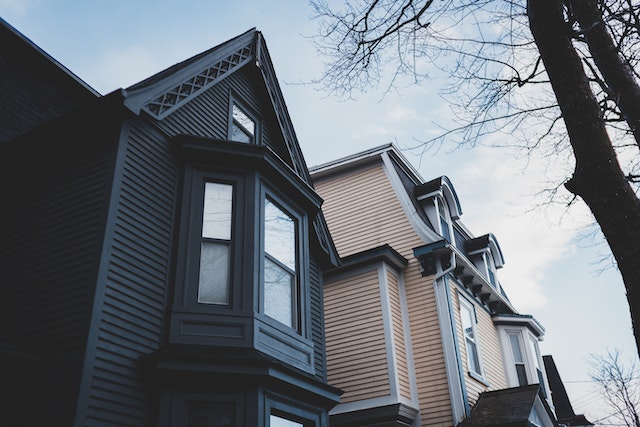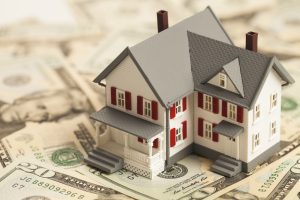- 14 February 2024
- 150
The Uphill Battle: Unveiling Homeownership Hurdles for Black Americans

Introduction
Welcome to a deep dive into an issue that has been a persistent challenge in the American society – homeownership hurdles for Black Americans. Our guide on this journey is John Doe, a seasoned writer and social activist with over a decade of experience in advocating for racial equity. His insights into the systemic barriers faced by Black Americans in homeownership are based on rigorous research and personal narratives.
The Dream of Homeownership
Homeownership is often seen as a cornerstone of the American Dream. It represents financial stability, a sense of community, and a platform for wealth accumulation. However, this dream is not equally accessible to all. For Black Americans, systemic barriers have made homeownership an uphill battle.
Historical Context
The roots of the homeownership gap can be traced back to discriminatory housing policies such as redlining and racially restrictive covenants in the mid-20th century. These policies have had long-lasting effects, creating a cycle of disadvantage that continues to impact Black Americans today.

Systemic Barriers
Despite the Fair Housing Act of 1968, systemic barriers persist. These include discriminatory lending practices, racial disparities in income and wealth, and the concentration of poverty in predominantly Black neighborhoods. These factors collectively contribute to the lower homeownership rates among Black Americans.
The Impact of the Homeownership Gap
The homeownership gap has profound implications. It contributes to the racial wealth gap, affects access to quality education and healthcare, and perpetuates socio-economic disparities. The lack of homeownership opportunities also hinders the ability of Black Americans to pass wealth onto future generations.
Policy Interventions
Over the years, various policies have been implemented to address this issue. These include the Community Reinvestment Act, which encourages banks to meet the credit needs of all communities they serve, and the creation of government-sponsored enterprises like Fannie Mae and Freddie Mac to promote mortgage lending, homeownership, and affordable housing.
The Road Ahead
While these policies have made some progress, there is still a long way to go. Potential solutions include strengthening fair housing enforcement, promoting financial literacy, and implementing housing policies that encourage diversity and inclusion. It’s a collective effort that requires the commitment of policymakers, social activists, and all individuals interested in racial equity.
Table of Key Points
| Heading | Key Point |
|---|---|
| The Dream of Homeownership | Importance of homeownership |
| Historical Context | Historical events leading to the homeownership gap |
| Systemic Barriers | Systemic barriers faced by Black Americans |
| The Impact of the Homeownership Gap | Implications of the homeownership gap |
| Policy Interventions | Policies addressing the issue |
| The Road Ahead | Potential solutions and strategies |
Conclusion
In conclusion, the uphill battle for homeownership among Black Americans is a complex issue rooted in historical and systemic barriers. Addressing this issue requires a comprehensive approach that includes policy interventions, community initiatives, and individual actions. As we continue to strive for racial equity, let’s remember that homeownership is more than just owning a house – it’s about creating opportunities for financial stability, community engagement, and generational wealth.

